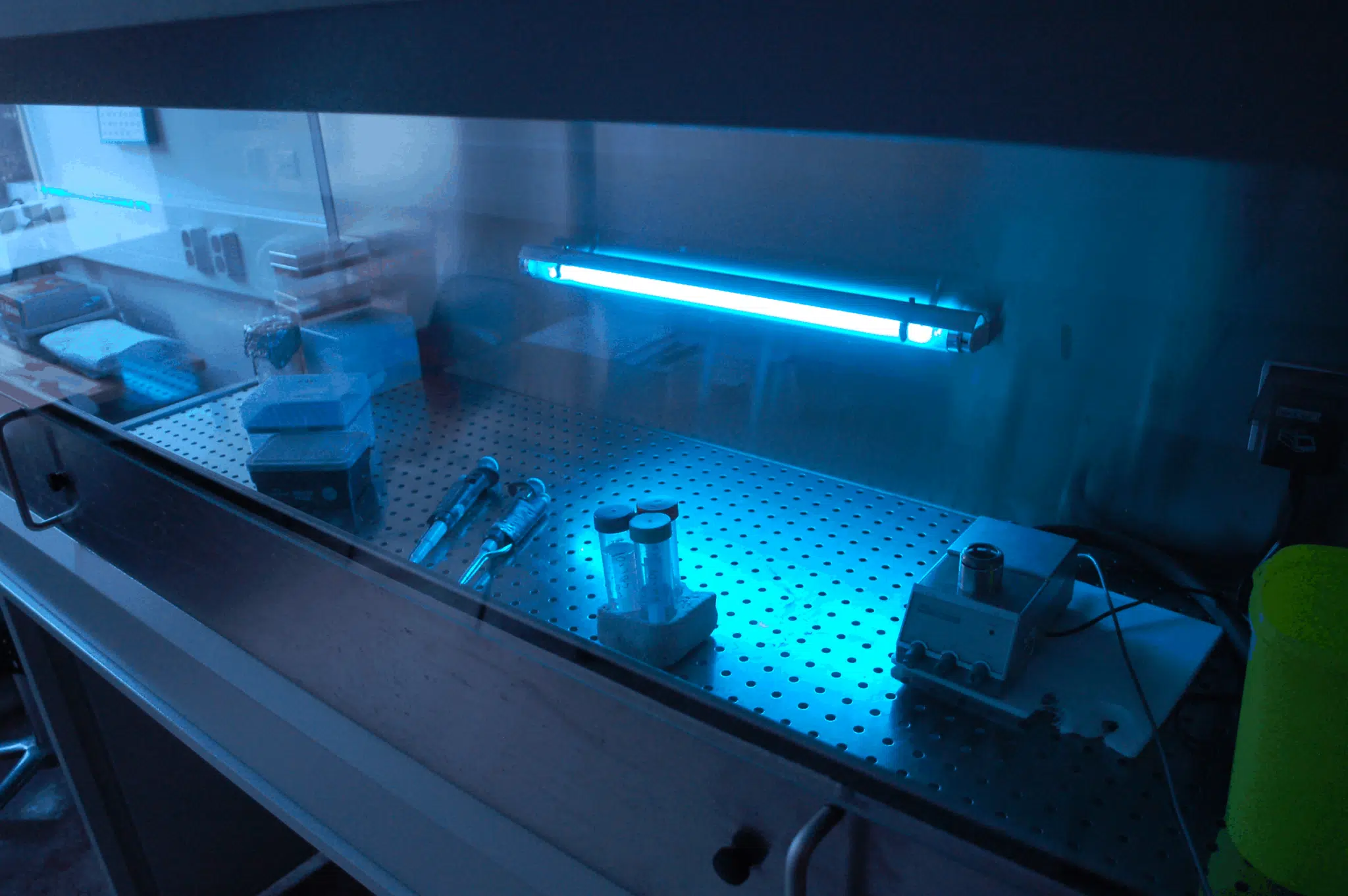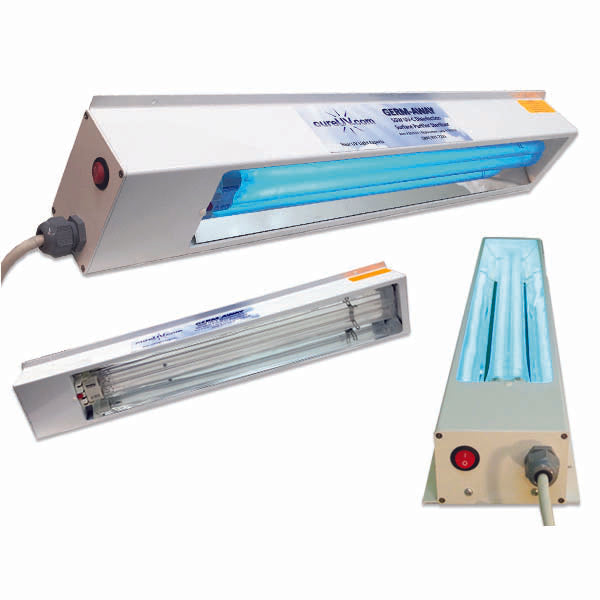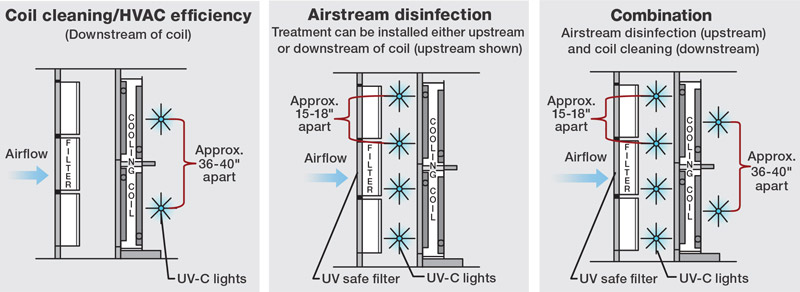UV Sanitation: The Cutting-Edge Modern Technology Changing Sanitation Practices
In the realm of cleanliness practices, one technology has actually emerged as a game-changer: UV sanitation. From medical care setups to food processing, UV sanitation is making its mark in various industries.
Just How UV Sanitation Works
UV sanitation functions by making use of ultraviolet light to damage or inactivate bacteria, providing a very reliable and chemical-free technique of sanitation. This modern technology takes advantage of the power of short-wavelength UV-C light, which is capable of harming the DNA and RNA of bacteria, hence rendering them incapable to duplicate and cause harm.
The procedure begins with the installation of UV disinfection systems, which include UV lamps that produce UV-C light. These lamps are tactically put in locations where microbial contamination is an issue, such as water treatment plants, hospitals, labs, and food processing facilities.
When bacteria are revealed to UV-C light, the photons penetrate their cell wall surfaces and get to the DNA and RNA inside. The high-energy UV-C photons interrupt the genetic product by producing bonds between nearby nucleotides, leading to the development of thymine dimers. These dimers prevent the microorganisms from duplicating, providing them safe.
UV disinfection is highly effective versus a wide variety of microorganisms, consisting of parasites, infections, and microorganisms. It is especially effective against waterborne pathogens like E. coli, Giardia, and Cryptosporidium. UV sanitation is a chemical-free approach, eliminating the demand for possibly unsafe anti-bacterials and decreasing the danger of hazardous disinfection byproducts.
Benefits of UV Disinfection
UV sanitation provides numerous benefits in the area of hygiene, making it a very liked method for properly getting rid of damaging microbes. Unlike typical disinfection approaches that depend on chemicals, UV sanitation utilizes ultraviolet light to damage the DNA of bacteria, making them incapable to replicate and trigger infections.

UV sanitation is likewise highly versatile in its applications. It can be utilized in various setups, including medical facilities, colleges, food processing centers, and water treatment plants. UV disinfection systems can be easily integrated into existing sanitation methods, offering an additional layer of defense versus contagious illness.
In addition to its efficiency and flexibility, UV disinfection is additionally eco pleasant. It does not generate any type of unsafe results or residues, making it a sustainable and safe method for hygiene - uv surface disinfection. UV sanitation calls for marginal maintenance and has a lengthy life expectancy, resulting in price savings in the long run.
UV Sanitation in Healthcare Settings
In healthcare settings, UV sanitation has actually become a revolutionary method for successfully eliminating damaging microbes. Using UV light to disinfect surface areas and tools has obtained popularity as a result of its capability to offer an additional layer of defense versus microorganisms. UV disinfection functions by producing ultraviolet light at a particular wavelength that is lethal to bacteria, infections, and other bacteria. This modern technology offers numerous benefits in health care setups.
Firstly, UV disinfection is a non-chemical technique, making it an eco friendly choice contrasted to typical sanitation approaches that commonly involve making use of rough chemicals. The use of UV light eliminates the need for chemical anti-bacterials, minimizing the danger of unsafe residue or chemical exposure to both people and medical care employees.
Additionally, UV sanitation is extremely effective in eliminating a variety of my blog bacteria, consisting of drug-resistant germs such as MRSA and C. difficile. It gives a dependable and consistent disinfection process, ensuring that all surface areas and equipment are completely sanitized, even in hard-to-reach areas.

UV Disinfection in Food Processing
The application of UV disinfection expands beyond healthcare settings and finds substantial value in the realm of food handling. uv surface disinfection. UV sanitation technology is ending up being increasingly preferred in the food industry due to its ability to efficiently eliminate unsafe microorganisms and improve food safety
One of the main benefits of UV sanitation in food handling is its capability to target a variety of bacteria, including infections, microorganisms, and mold and mildews. By utilizing UV light at details wavelengths, it is possible to interrupt the DNA and RNA of these microorganisms, making them not able to reproduce or cause injury. This technology can be related to numerous phases of the food processing chain, consisting of surface disinfection, devices sterilization, and water treatment.
UV disinfection offers a non-thermal and chemical-free technique of sterilizing foodstuff. Unlike standard disinfection approaches that depend on chemicals or heat, UV innovation does not leave any type of residue or alter the preference, structure, or dietary value of the food. This makes it an excellent option for industries that call for strict adherence to quality criteria.
Moreover, UV disinfection systems are very easy to run and install, needing very little upkeep. They can be incorporated into existing handling lines without triggering considerable disruptions to the manufacturing process. In addition, UV systems have a fast treatment time, permitting for continuous handling and minimizing downtime.
The Future of UV Sanitation

One area where UV sanitation is expected to make considerable innovations is in the field of health care. With the surge of antibiotic-resistant bacteria and the requirement for extra reliable sanitation approaches, UV light has the prospective to play an essential role in decreasing healthcare-associated infections. UV sanitation systems can be made use of to sanitize surfaces, tools, and also the air in medical care centers, aiding to stop the spread of harmful pathogens and boost client safety and security.
An additional market that might gain from innovations in UV sanitation modern technology is the food sector. UV light has currently proven to be an effective method for sanitizing food and decreasing the risk of foodborne diseases. As technology boosts, we can expect to see much more efficient and affordable UV disinfection systems being executed in food processing plants, making sure that the food we eat is secure and without unsafe germs.
Final Thought
Finally, UV sanitation is a sophisticated modern technology that is transforming hygiene practices in medical care settings and food processing. By utilizing UV light to kill or shut down bacteria, it provides numerous advantages such as performance, efficiency, and safety and security. With ongoing developments in this area, UV sanitation holds fantastic prospective for the future of cleanliness, giving a trustworthy and lasting solution for maintaining tidy and hygienic settings.
UV disinfection is a chemical-free technique, eliminating the demand for possibly dangerous anti-bacterials and minimizing the risk of dangerous sanitation by-products.
Unlike conventional disinfection techniques that count on chemicals, UV sanitation makes use of ultraviolet light to ruin the DNA of microbes, rendering them incapable to recreate and create infections. Unlike conventional disinfection approaches that depend on chemicals or warmth, UV innovation does not leave any deposit or change the preference, texture, or nutritional worth of the food. As innovation boosts, we can anticipate to see extra economical and reliable UV sanitation systems being carried out in food processing plants, guaranteeing that the food we consume is risk-free and cost-free from damaging germs.
In final thought, UV disinfection is an advanced innovation that is changing sanitation practices in medical care settings and food processing.